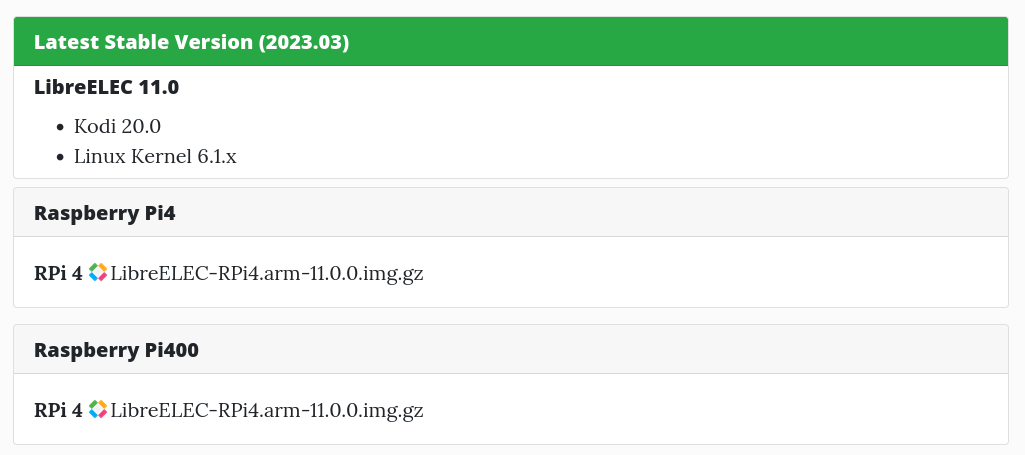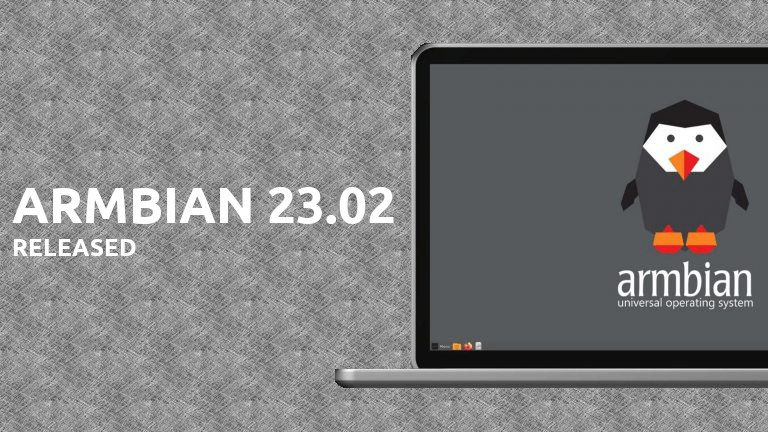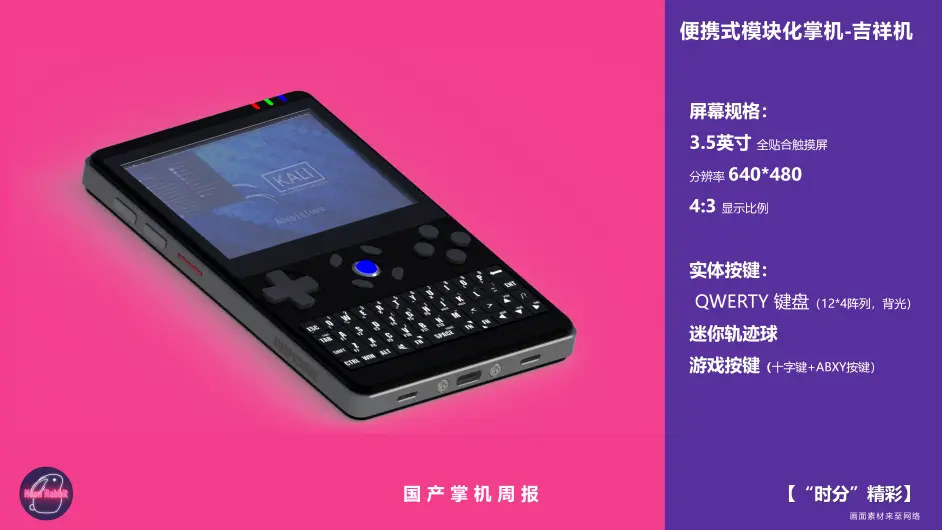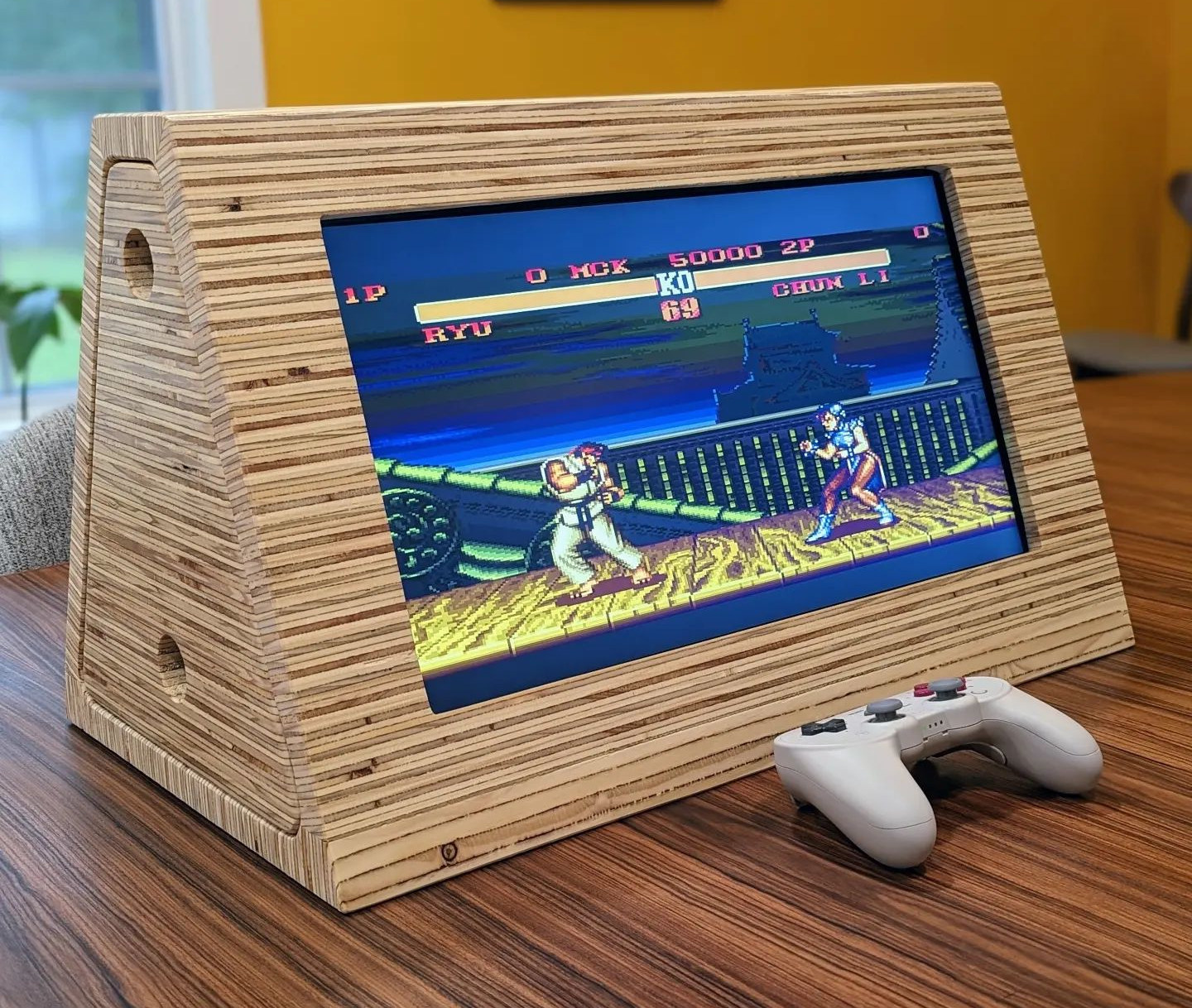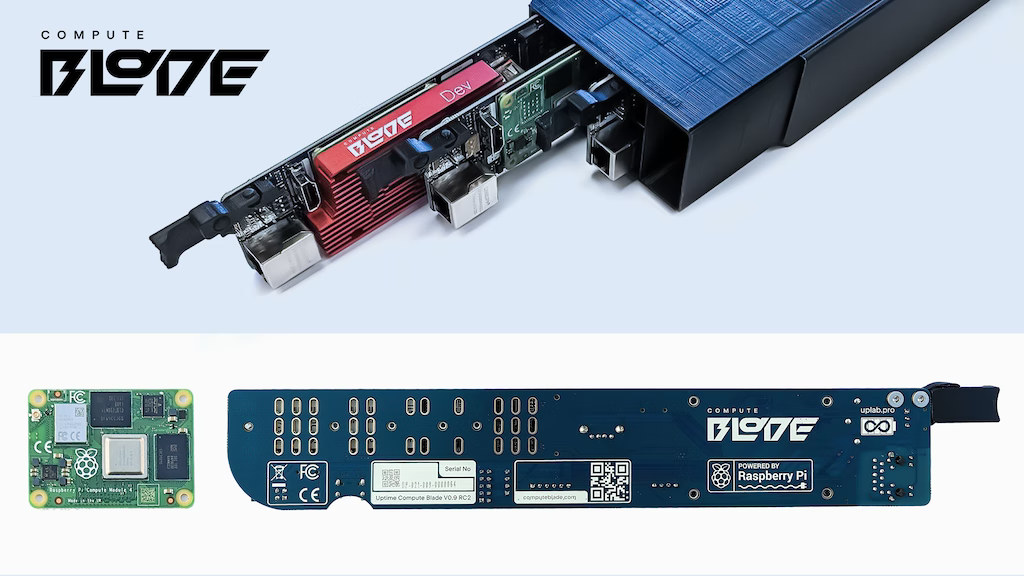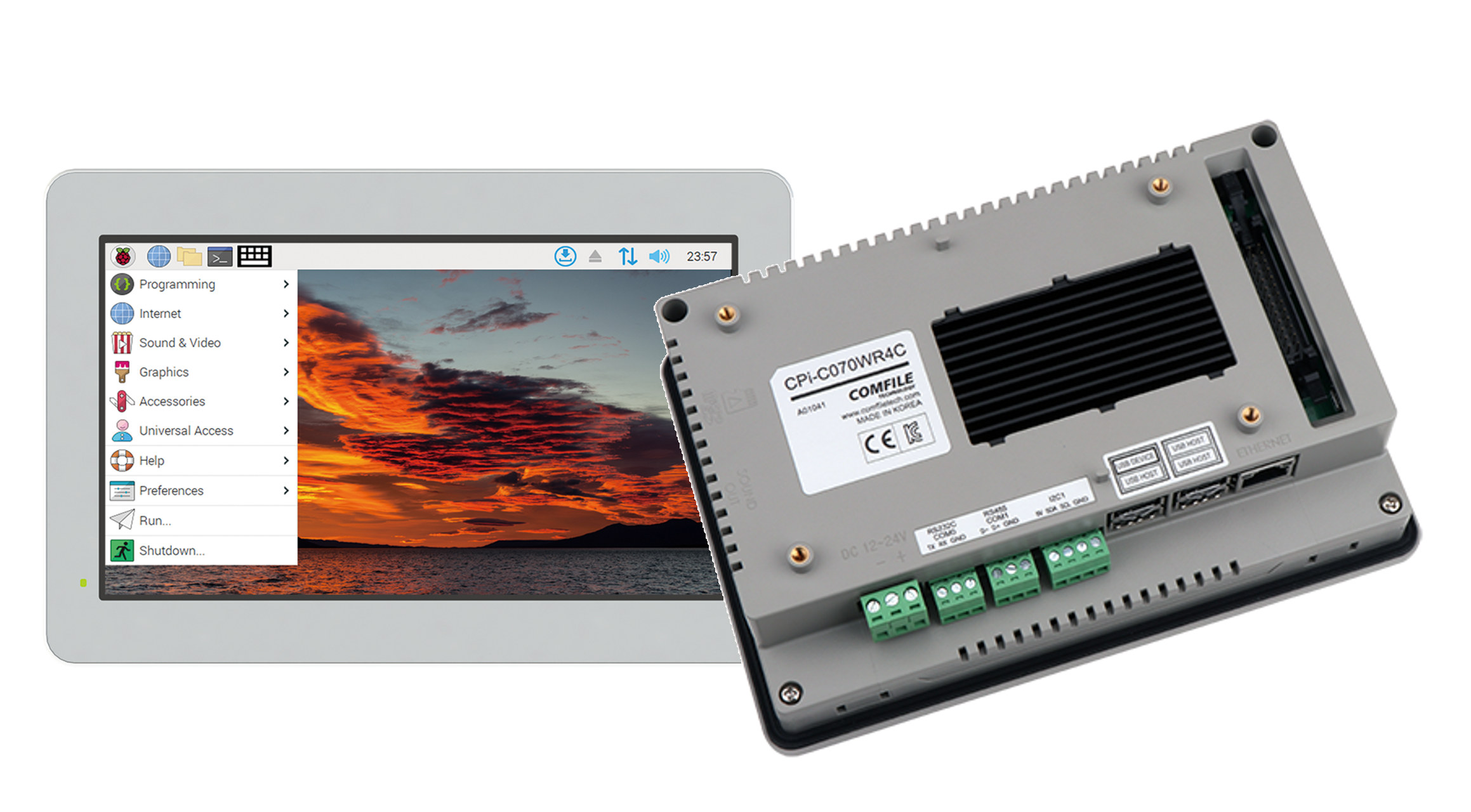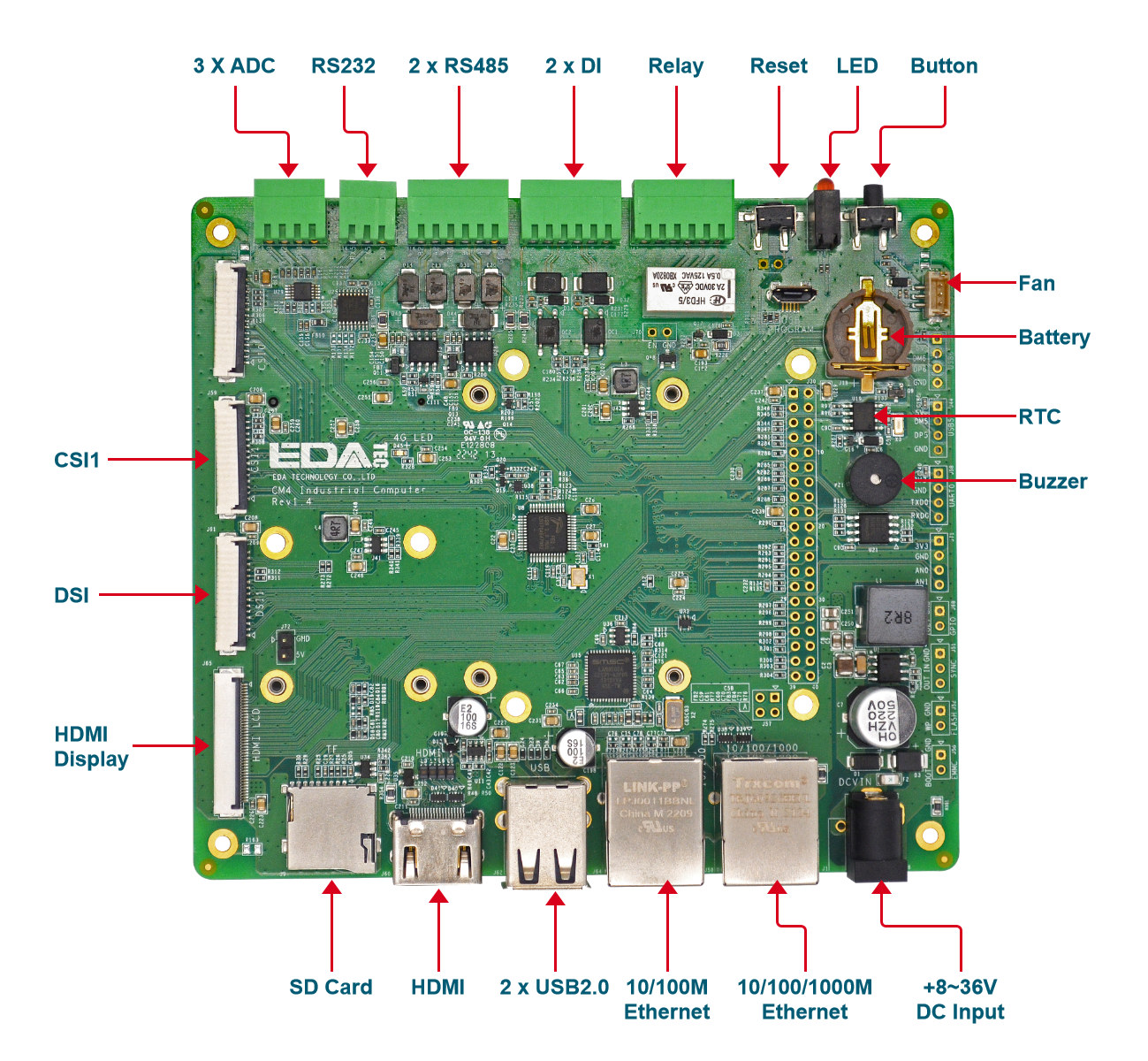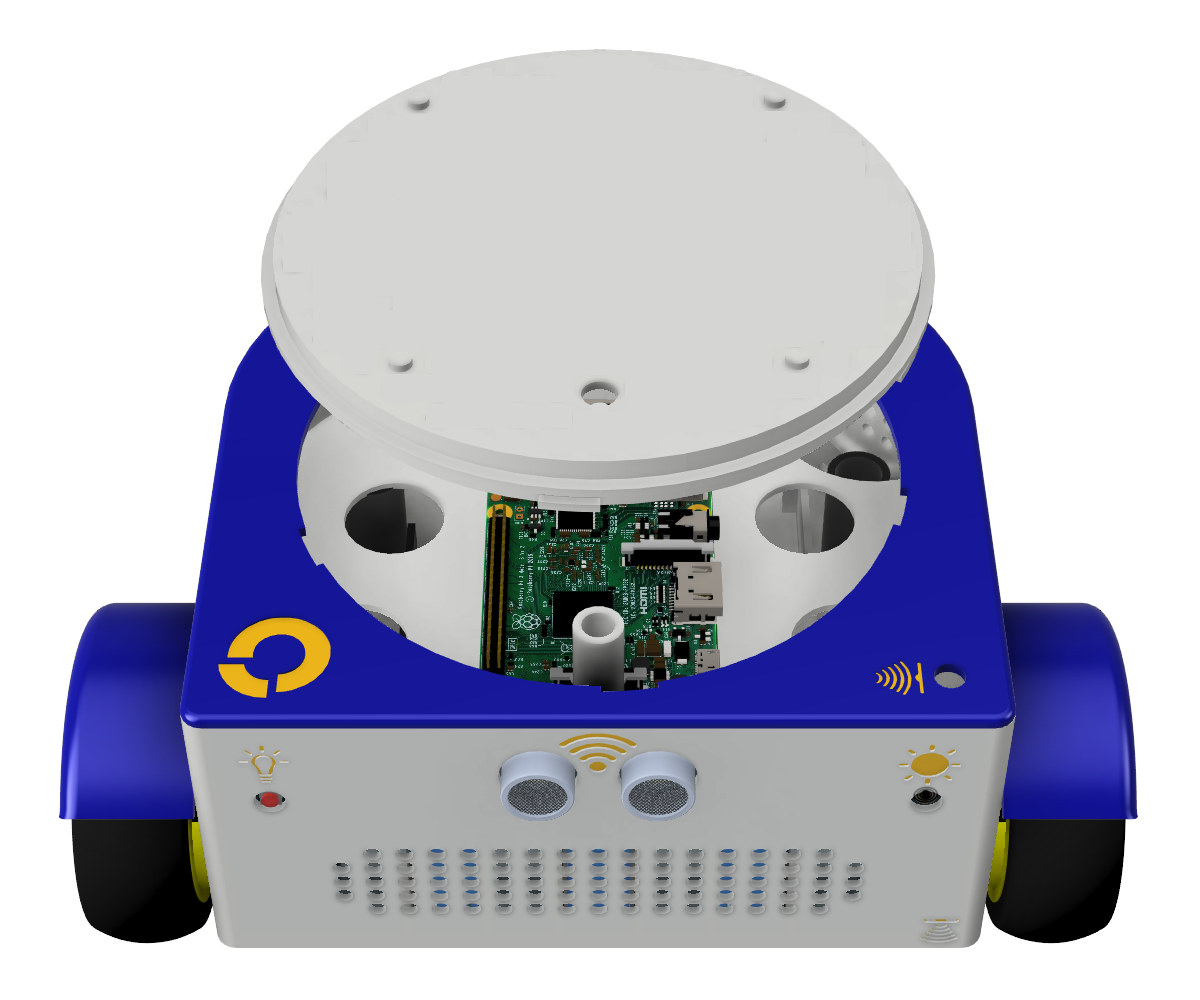LibreELEC 11 lightweight media center Linux distribution based on Kodi 20 “Nexus” has just been released with various improvements on x86 and Arm platforms. Kodi 20 was released and available for download in January with AV1 hardware video decoding in Android and x86 (VAAPI) platforms with AV1-capable GPU or VPU, FFMPEG 4.4, Pipewire support in Linux, and a few others. LibreELEC 11 enables you to have a dedicated, and fast booting, HTPC based on a mini PC, a Raspberry Pi SBC, or an Arm-based TV box with all features from the latest Kodi release. LibreELEC 11 supports Raspberry Pi 2 to 4 SBCs, 64-bit x86 hardware, various Allwinner, Rockchip, and Amlogic SBCs and TV boxes with x86, Raspberry Pi, and Rockchip hardware considered more stable and feature complete. LibreELEC 10.0 did away with Amlogic TV boxes and single board computers because of driver issues, but LibreELEC 11.0 brings Amlogic back […]
Armbian 23.02 out with Linux 6.1, DietPi 8.14 adds experimental RISC-V support
Two of the most popular projects providing images for Arm and RISC-V single board computers have released new updates with Armbian 23.02 adding Linux 6.1-based Debian and Ubuntu images, and DietPi 8.14 adding experimental RISC-V support for the StarFive VisionFive 2 SBC and new Arm boards. Armbian 23.02 Quoll Linux 6.1 is the latest LTS kernel, so Armbian is now providing Ubuntu 22.04 Jammy and Debian 11 Bullseye images based on Linux 6.1.y for boards that support it, as well as the first development images based on Debian 12 Bookworm and Ubuntu 23.04 Lunar. I could not find any new boards added in the changelog, but the release brings several improvements and bug fixes to some of the already supported SBCs including the Raspberry Pi 3, Orange Pi R1 Plus LTS, ROCK Pi S, ROCK Pi 4, NanoPi R2S, NanoPi NEO3, and Banana Pi BPI-M2 Pro. The announcement also highlights […]
Auspicious Machine modular handheld Linux PC with keyboard takes various Arm-based SoMs
The “Auspicious Machine” may look like a Blackberry phone, but it’s actually a handheld Linux PC with a built-in QWERTY keyboard and a 3.5-inch display that can be powered by a range of system-on-modules (SoM). The computer, whose name can also be translated as the “Auspicious Phone”, can be used as a Linux terminal with GPIO control, and for gaming with Linux distributions such as Batotera or RetroBat with the D-Pad and ABXY buttons found on the device. Auspicious Machine specifications: Supported SoMs Bigtreetech CB1 with Allwinner H616 quad-core Cortex-A53 processor and 1GB DDR4 Raspberry Pi CM4 with Broadcom BCM2711 quad-core Cortex-A72 processor, up to 8GB LPDDR4, up to 32GB eMMC flash Radxa CM3 with Rockchip RK3566 quad-core Cortex-A55 processor, up to 4GB LPDDR4, up to 64GB eMMC flash Banana Pi BPI-CM4 with Amlogic A311D octa-core Cortex-A73/A55 processor with 4GB LPDDR4 and 16GB eMMC flash Storage – MicroSD card socket […]
Raspberry Pi 400 powers dual-display retro-gaming console
“Block after Block” has designed a dual-display tabletop retro-gaming console using plywood edge grain and a Raspberry Pi 400 keyboard PC that allows players to physically face each other during a fight or other gameplay. While there’s a galore of projects based on Raspberry Pi SBCs, the Raspberry Pi 400 keyboard PC is more like a consumer product due to its form factor, but Block after Block integrated the PC into its own retro-gaming console which involved a lot of woodworking skills and installing RetroPie on the Pi 400 device. This DIY project mostly involves spending time in a workshop cutting wood, and once you’re done with this part, it should be pretty straightforward. The following items are required for the project: A Raspberry Pi 400 keyboard PC Two monitors (second-hand monitors will do) An HDMI splitter to mirror the output from the Pi 400 along with a micro HDMI […]
Compute Blade – A Rack-mountable PoE-powered Raspberry Pi CM4 carrier board with an NVMe SSD (Crowdfunding)
Uptime Lab Compute Blade is yet another Raspberry Pi CM4 carrier board, but it’s kind of unique with its long design designed to be mounted in racks and the board features an M.2 socket for an NVMe SSD plus an Ethernet port with PoE+ support. The board is designed for high-density, low-power consumption, plug-and-play blade servers for home and data-center use and users can build Home labs, edge servers with lower latency than cloud services, and CI/CD systems (build farms) for testing and software development. Compute Blade specifications: SoM – Raspberry Pi CM4 support and potentially alternative system-on-modules such as Radxa CM3 and Pine64 SoQuartz Storage NVMe SSD socket up to 22110 (2230, 2242, 2260, 2280 also supported) Optional MicroSD card slot Video Output – Optional HDMI port up to 4Kp60 Networking – Gigabit Ethernet RJ45 port with PoE+ USB USB Type-C port to flash the bootloader, eMMC/SD card, and […]
Raspberry Pi CM4 based 7-inch industrial Panel PC takes IO board with RS232, 12V-24V inputs and outputs
The ComfilePi CPi-C070WR4C is a 7-inch industrial Panel PC powered by a Raspberry Pi CM4 module with GPIO, RS-232, RS-485, and I2C interfaces as well as the ability to add two more RS232 interfaces and several 12V-24V DC inputs and outputs through an I/O board connected to the GPIO port of the panel PC. The new panel PC is an update to the ComfilePi Industrial Touch Panel PC introduced with a Raspberry Pi CM3 module in 2017. Besides upgrading to a more powerful Raspberry Pi Compute Module 4, COMFILE also makes use of an RS-485 port that utilizes a full UART interface that does not exhibit the limitations of the mini-UART interface, and also added the CP-IO13-4C I/O board for even more expansion capabilities. ComfilePi CPi-C070WR4C specifications: SoM – Raspberry Pi Compute Module 4 with SoC – Broadcom BCM2711 quad-core Arm Cortex-A72 processor @ 1.5GHz with VideoCore Vi GPU supporting […]
EDATEC CM4 Industrial – An Raspberry Pi CM4 computer for IIoT, automation, and industrial control
EDATEC CM4 Industrial is both a Raspberry Pi CM4 carrier board and a computer for industrial IoT, control, and automation that expands on the company’s CM4 Sensing and CM4 Nano solutions with more features and interfaces. The system notably offers two RS485, one RS232, three analog inputs, two digital inputs, and one relay output through terminal blocks, as well as optional WiFi, Bluetooth, and 4G LTE + GPS connectivity, and a wide DC voltage range of 8V to 36V. EDATEC CM4 Industrial specifications: SoM – Raspberry Pi CM4 module with SoC – Broadcom BCM2711 quad-core Arm Cortex-A72 processor @ 1.5GHz with VideoCore Vi GPU supporting OpenGLES 3.1, Vulkan 1.x, H.265 (HEVC) (up to 4Kp60 decode), H.264 (up to 1080p60 decode, 1080p30 encode) System Memory – 1GB, 2GB, 4GB, or 8GB LPDDR4-3200 SDRAM Storage Optional 8GB/16GB/32GB eMMC flash for system boot MicroSD card slot for booting the system on a Raspberry […]
FOSSBot open design 3D printed educational robot is made with Raspberry Pi and off-the-shelf parts
FOSSBot is an “open design” 3D printed educational robot comprised of a Raspberry Pi SBC and various off-the-shelf modules, as well as open-source software that can be used for education purposes. The FOSSBot DIY robot has been developed by the Harokopio University of Athens and the Greek Free and Open Source Software (GFOSS) community, and builds upon the “GSOC 2019 – A DIY robot kit for educators” with the main goal being to have a platform to “familiarize teachers with modern education models based on the S.T.E.A.M approach. (Science, Technology, Engineering, Arts, Mathematics)”. FOSSbot key components: SBC – Raspberry Pi Zero W, Raspberry Pi 3, or Raspberry Pi 4. Mechanically and electrically compatible Raspberry Pi alternatives could be an option too although part of the software would have to be modified Storage – 32GB MicroSD card Expansion board – Adafruit Perma-Proto HAT for Pi – No EEPROM to connect sensors […]


